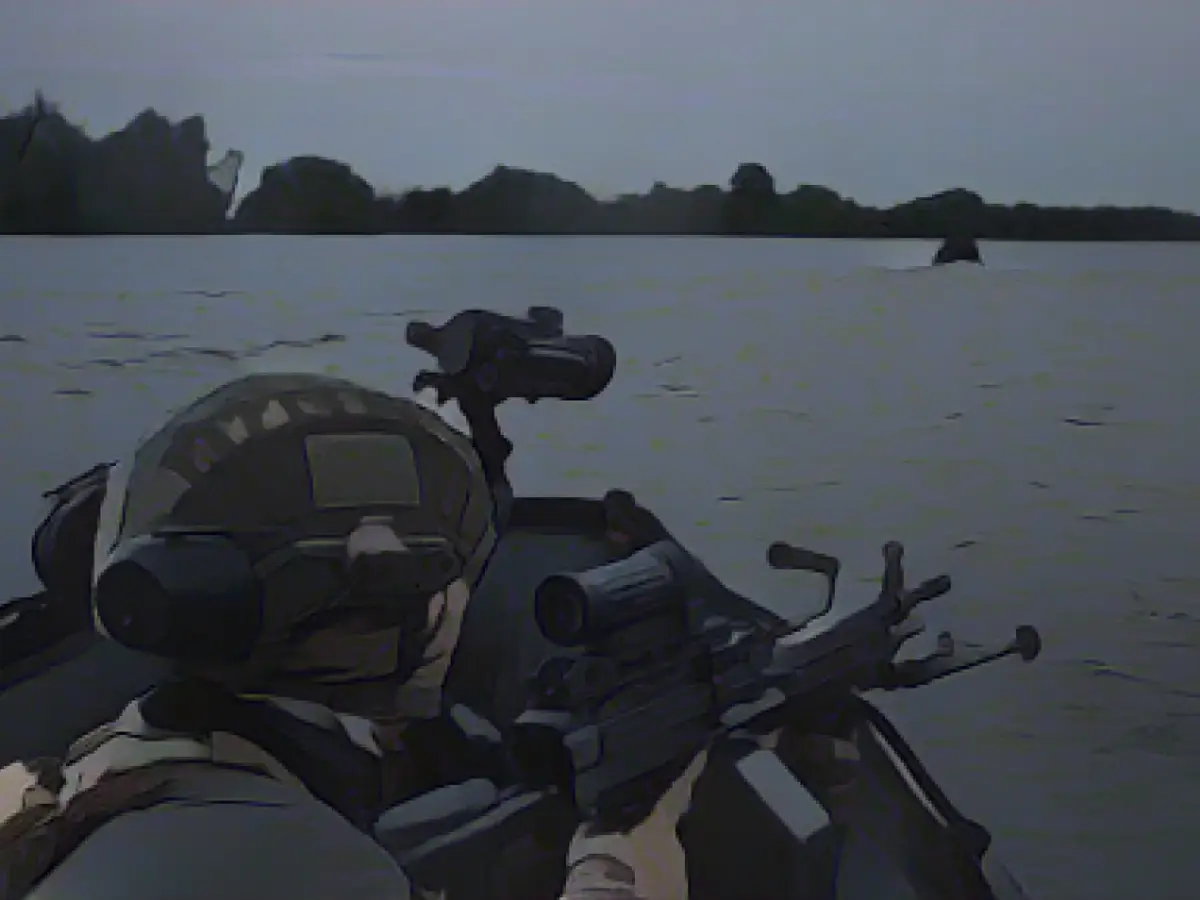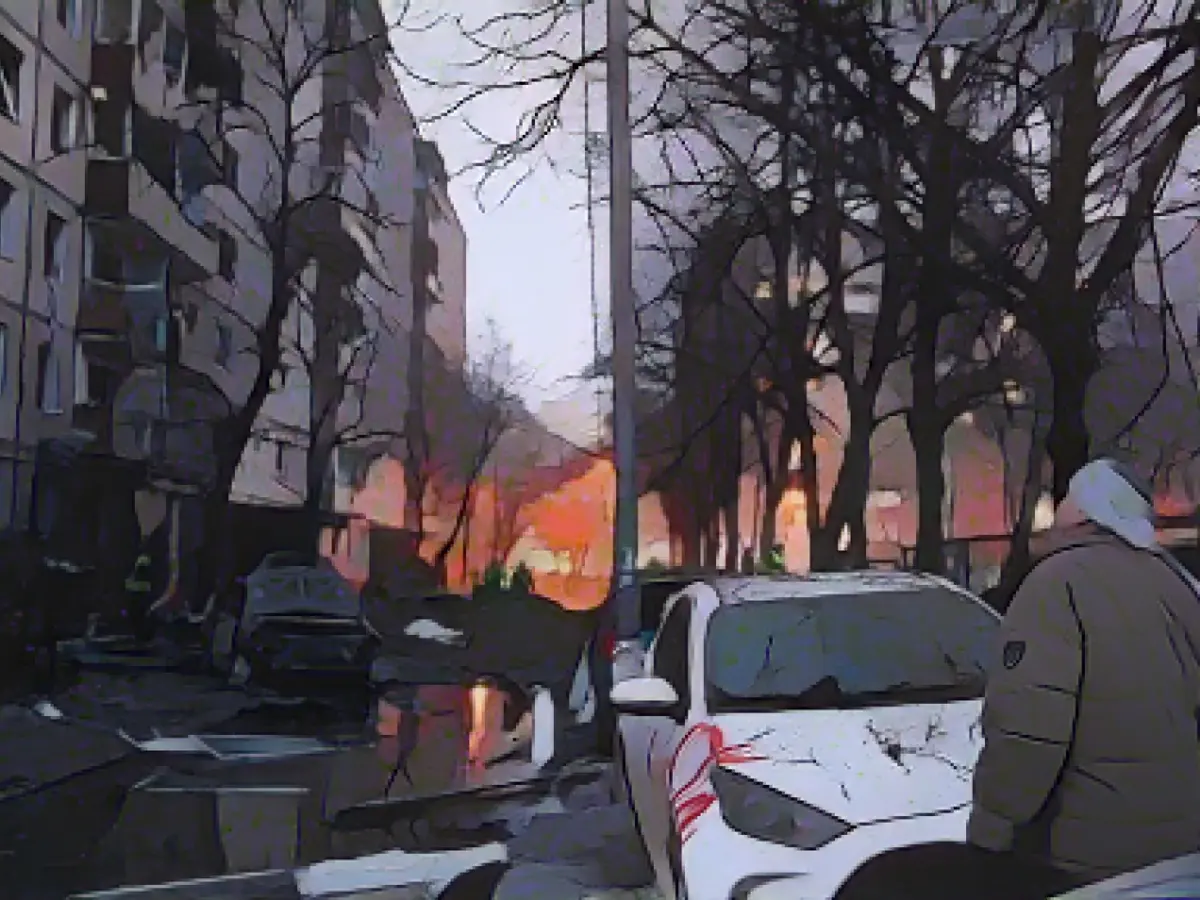Russian Onslaught in Kherson: Violence and Loss
The grim reality of the ongoing conflict in Ukraine emerged once again with the news of civilian casualties and structures damaged in Kherson. At least two individuals, including a child, lost their lives, and seven more sustained severe injuries, following a series of Russian artillery attacks on the city[1].
The Russian attacks on Kherson, which Ukrainian President Volodymyr Zelenskyy described as "pure terrorist attacks," attracted widespread condemnation. The city's residential area and hospitals suffered brutal attacks, leading to lives lost and injuries.
As per reported figures, more than 20 Russian attacks took place in Kherson alone on that fateful day. Bombardments scattered across the city, leaving destruction in their wake – from housing estates to hospitals.
Ukraine's military administrator, Roman Mrochko, highlighted that the city center assault targeted hospitals, albeit causing minor damage. However, a separate residential building sustained extensive damage during the attack.
As a result of the recent escalations, Kherson experienced repeated attacks with tubed artillery, grenade launchers, and rocket launchers in the previous days. These relentless attacks seized control of the Dnipro's city as well, with nearly 400 shells impacting the location during Saturday alone, data not yet thoroughly verified.
New developments
The escalating conflict saw heightened tensions across the left bank of the Dnipro near Kherson. Ukrainian armed forces disclosed repeated Russian attacks aimed at pushing further towards the bridgeheads, a strategy that threatened the safety of the region.
Air alerts were triggered in both Eastern and Southern Ukraine, following the approach of Iranian-made Russian kamikaze drones over the Black Sea. Ukraine's air defenses defended against these threats on Sunday evening.
Estonia's Prime Minister Kaja Kallas advocated for the establishment of an international tribunal punishing those responsible for the Russian war of aggression. Kallas argued that legal accountability of Russia's political and military leadership was crucial in this context, a demand echoed in Ukraine's peace plan as well.
Ukraine's President Zelenskyy announced plans to expand the capacities of the local arms industry in the near future, aiming to counteract the escalating conflict. Though specific details were not revealed, discussions regarding the construction of a tank production plant by a German company were underway.
Lastly, an international team of researchers calculated that 150 million tons of CO2 equivalents were emitted as a result of Russia’s war of aggression against Ukraine in the first year and a half. Countries like Belgium produce lesser CO2 emissions in a year, making it a significant environmental challenge.
References:
[1]





